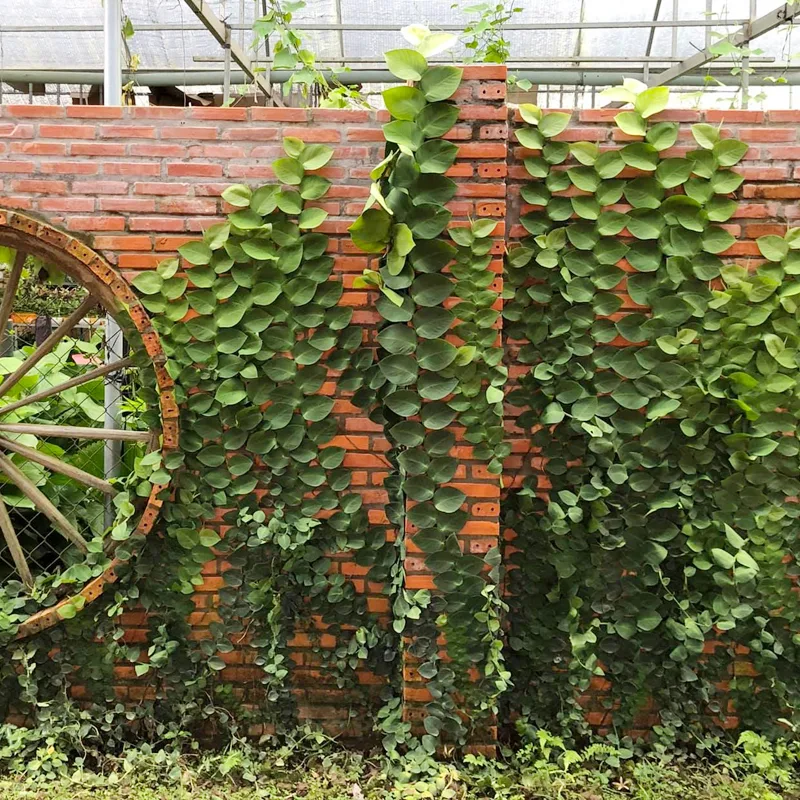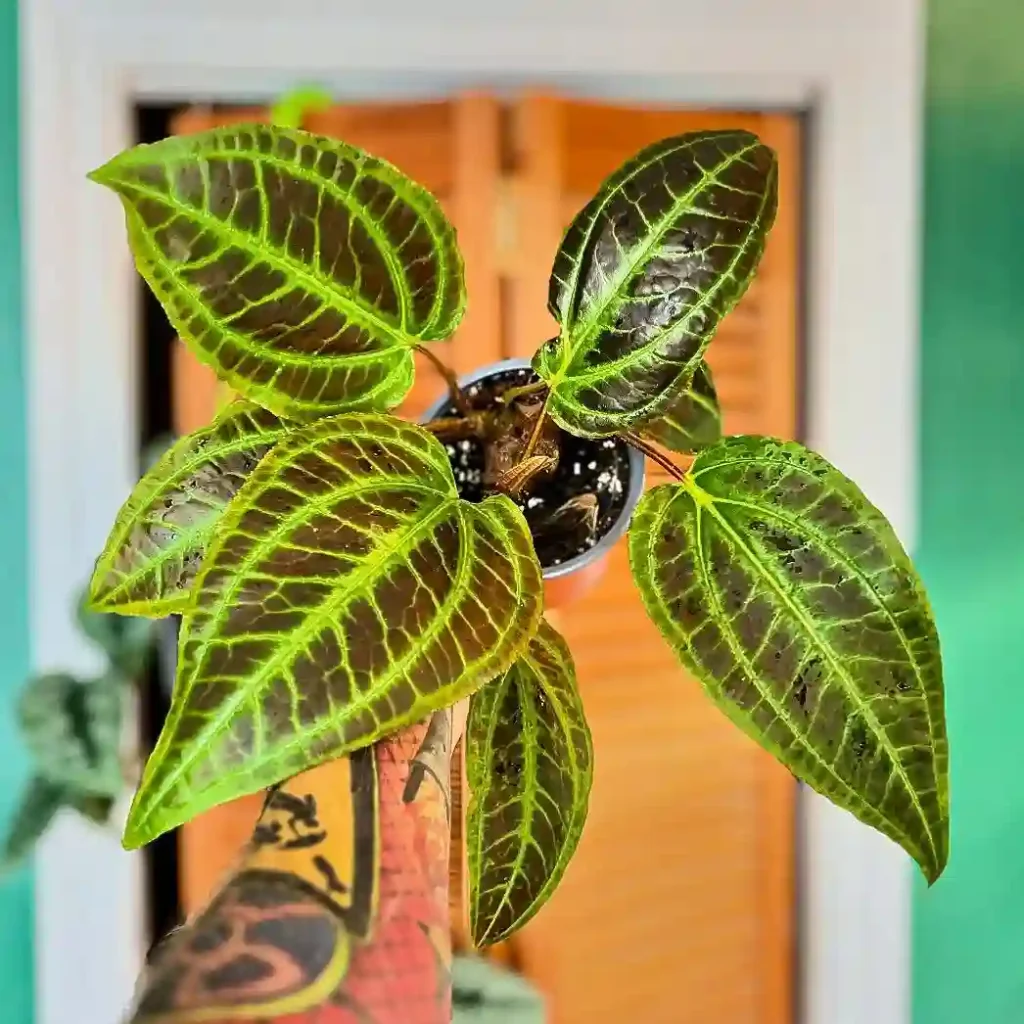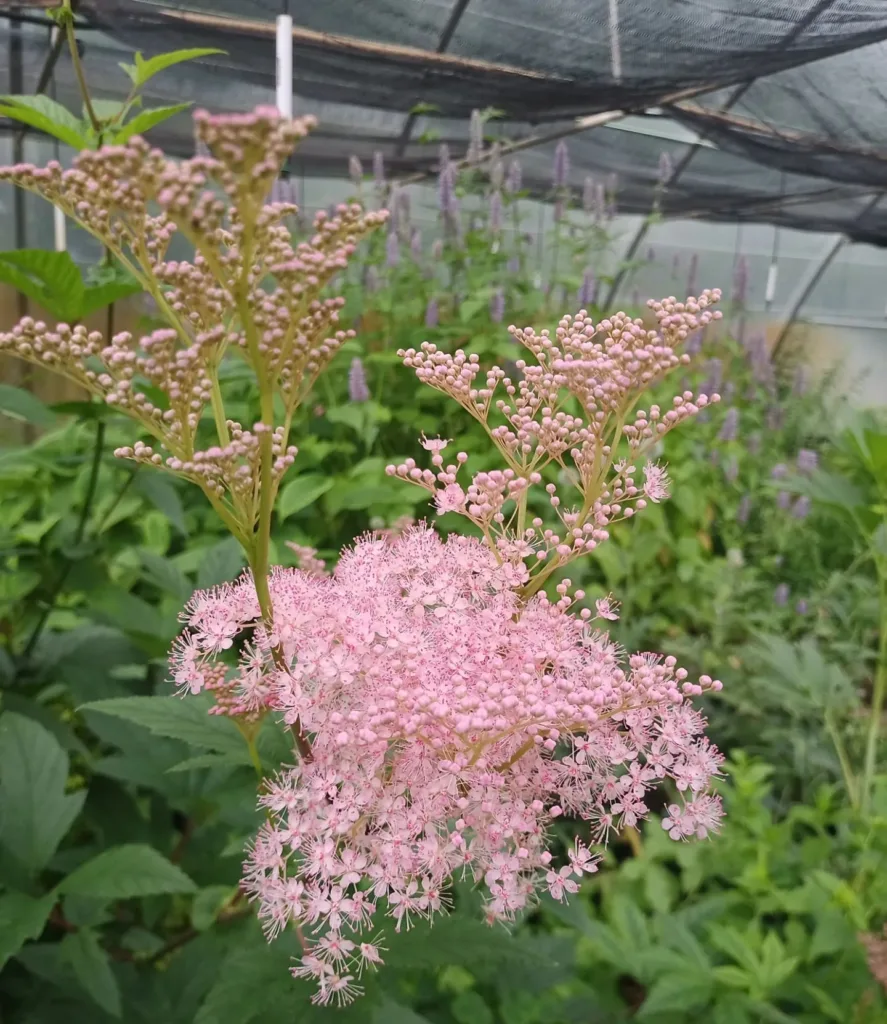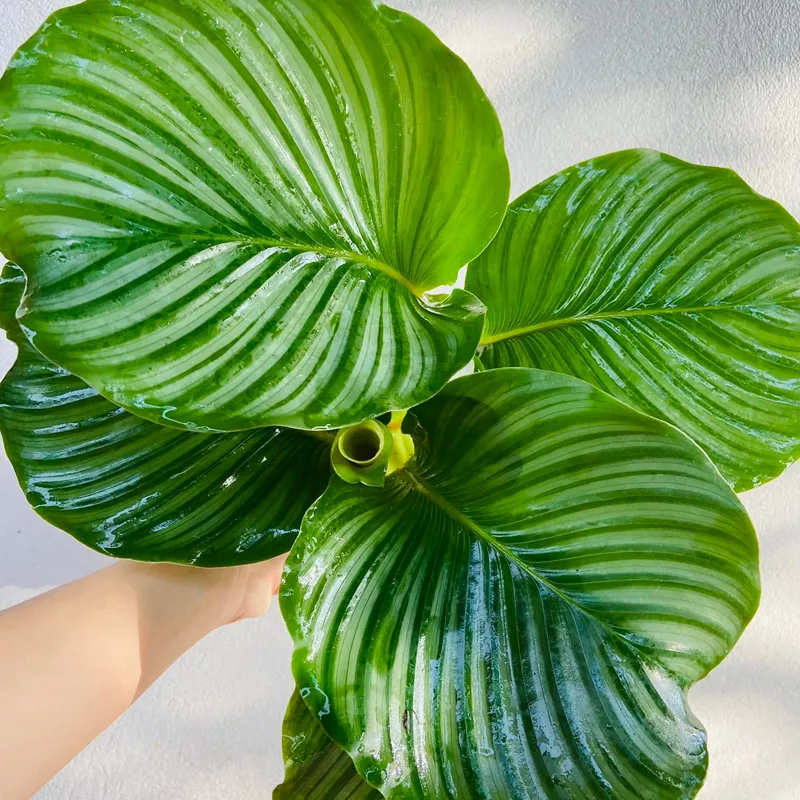Exploring the Lepidobotryaceae Family: A Unique Perspective
As a plant enthusiast, I’ve always been intrigued by lesser-known plant families, and one that recently caught my attention is the Lepidobotryaceae family. This plant family is quite small but fascinating due to its rare and unique genera: Lepidobotrys and Ruptiliocarpon. In this article, I want to dive into these genera, share what makes them stand out, and highlight their botanical importance.
What is the Lepidobotryaceae Family?
The Lepidobotryaceae family is not as well-known as the Fabaceae or Asteraceae families, but it certainly holds its own in the plant kingdom. This family is part of the order Celastrales, which includes flowering plants. What makes Lepidobotryaceae interesting is that it contains only two genera: Lepidobotrys and Ruptiliocarpon.
These genera are rare and sparsely distributed, making them quite a challenge for botanists and plant collectors alike. The species within this family are tropical, typically found in regions of Africa and Central America.
What first grabbed my attention about Lepidobotryaceae was its unique floral characteristics and the geographical isolation of its species. It feels like a hidden treasure in the world of botany, waiting to be explored further.
The Genus Lepidobotrys
Lepidobotrys is the namesake genus of this plant family and arguably the most well-known, though it remains obscure in the broader horticultural world. The genus contains only one species, Lepidobotrys staudtii, which is native to tropical regions of Africa, particularly in Cameroon and surrounding areas.
One of the things I find most intriguing about Lepidobotrys staudtii is its growth habit. It thrives as a small tree or shrub, typically reaching heights of about 10 meters. The leaves are alternate, simple, and have a leathery texture. It’s these distinct features that make it visually unique.
The flowers of Lepidobotrys are another fascinating aspect. They appear in clusters, with a somewhat bell-like structure. While they may not be the most flamboyant blooms, their subtle beauty speaks to the elegance of this genus. These flowers give way to small fruits that are often brightly colored, adding to their ornamental appeal.
However, despite its beauty, Lepidobotrys staudtii is not a plant you’ll commonly find in gardens or nurseries. It’s rare and somewhat challenging to cultivate outside of its native habitat, which adds to its mystique for plant collectors like me.
The Genus Ruptiliocarpon
Now, let’s talk about the second genus in the family, Ruptiliocarpon, which has a similar level of obscurity and charm. This genus contains only one species as well, known as Ruptiliocarpon caracolito. It’s native to Central America, specifically in countries like Costa Rica and Panama.
I find Ruptiliocarpon caracolito equally captivating, though for different reasons. This genus produces a small to medium-sized tree that grows in tropical lowland forests. Its leaves are compound and resemble those of the Sapindaceae family, which adds an interesting twist to its appearance.
What sets Ruptiliocarpon apart is its fruit. The genus name itself comes from the Latin word “ruptilis,” meaning “easily broken,” which refers to the fragile, rupture-prone nature of its fruits. The fruits contain seeds that are dispersed by animals, which is an essential survival mechanism for this genus in the dense tropical forests where it resides.
While Ruptiliocarpon doesn’t have the showy flowers of many tropical plants, its ecological role is significant. The species is often found in primary forests, which are becoming increasingly rare due to deforestation. In that sense, Ruptiliocarpon caracolito stands as a silent sentinel of biodiversity in Central America.
Ecological Importance of Lepidobotryaceae
One of the reasons I’m drawn to studying the Lepidobotryaceae family is its ecological importance. Both Lepidobotrys and Ruptiliocarpon grow in tropical regions, which are some of the most biodiverse ecosystems on the planet. These plants play a role in maintaining the balance of their habitats, particularly through their interactions with pollinators and seed dispersers.
The rarity of these genera also highlights the need for conservation. With tropical deforestation on the rise, species like Lepidobotrys staudtii and Ruptiliocarpon caracolito could be under threat. Their limited distribution makes them vulnerable, and it’s up to us, as plant lovers and conservationists, to raise awareness and protect these unique species.
Challenges in Cultivation
If you’re anything like me, you might be wondering whether it’s possible to cultivate these rare plants. Unfortunately, both genera in the Lepidobotryaceae family are notoriously difficult to grow outside of their native habitats. Lepidobotrys staudtii requires very specific tropical conditions, including high humidity and warm temperatures, making it unsuitable for most temperate climates.
Similarly, Ruptiliocarpon caracolito thrives in the undisturbed lowland tropical forests of Central America, where it relies on specific environmental conditions and interactions with local wildlife for survival. While propagation of these plants in botanical gardens is possible, it remains a challenge for the average home gardener.
Conclusion
Exploring the Lepidobotryaceae family has deepened my appreciation for rare and understudied plants. The genera Lepidobotrys and Ruptiliocarpon offer a glimpse into the incredible diversity of life in tropical regions and serve as a reminder of the importance of conservation.
As a plant enthusiast, I find immense joy in learning about these hidden gems of the plant world. While it’s unlikely I’ll ever have the chance to grow them in my own garden, the discovery and knowledge of such plants are what keep my passion for botany alive. If you’re looking to expand your understanding of unique plant families, I highly recommend diving into the Lepidobotryaceae family. You might just uncover a new botanical obsession, just as I have.
If i die, water my plants!



